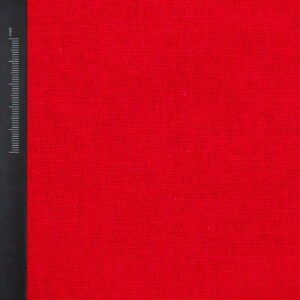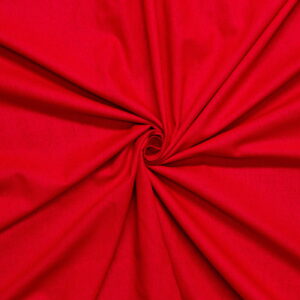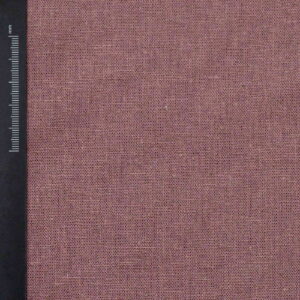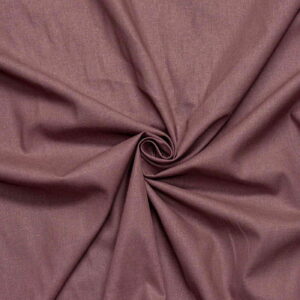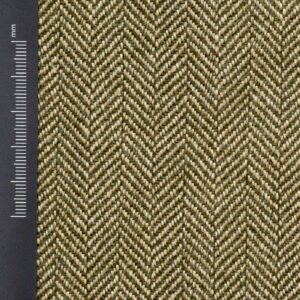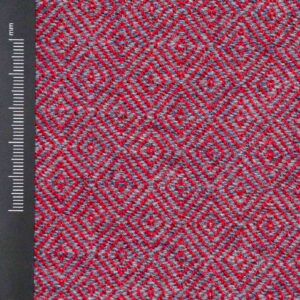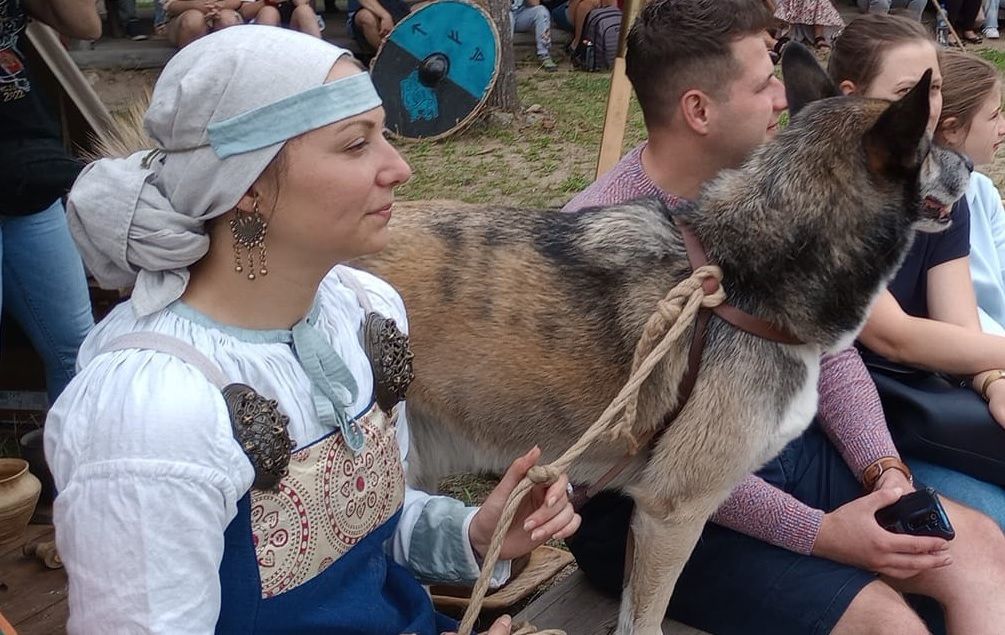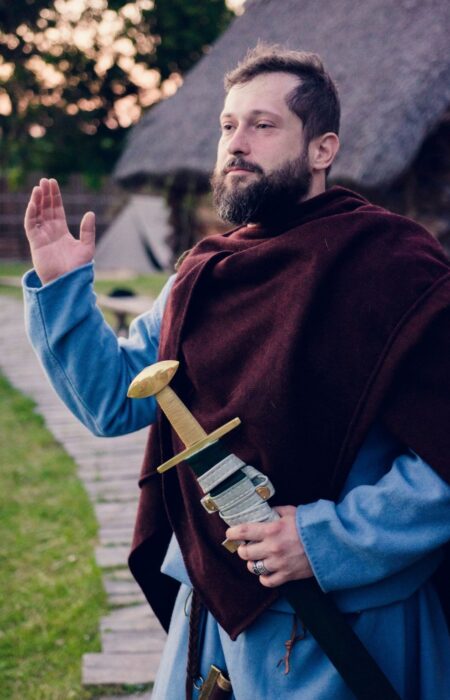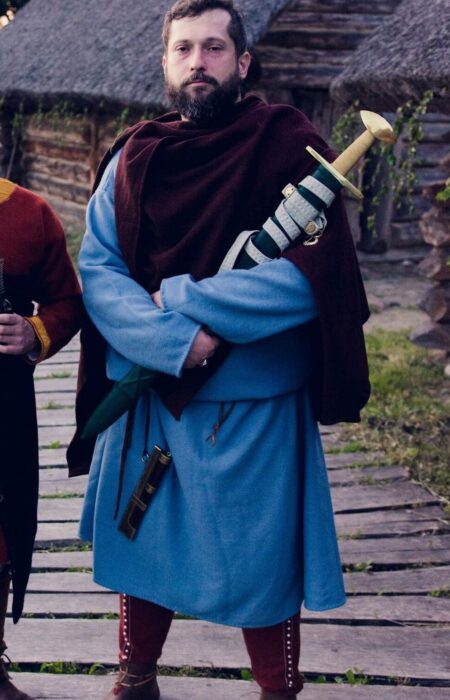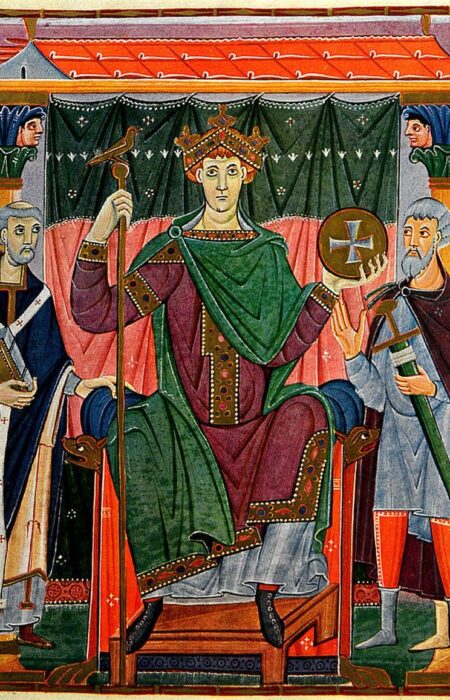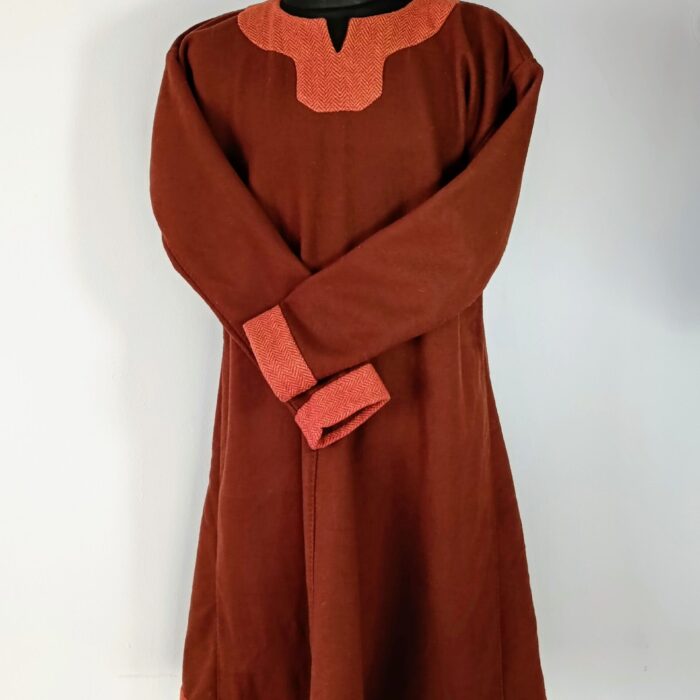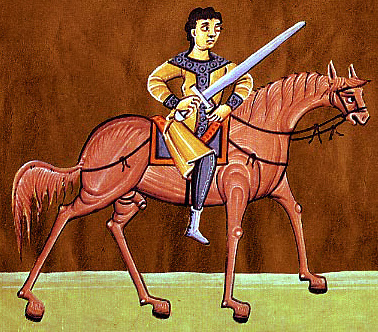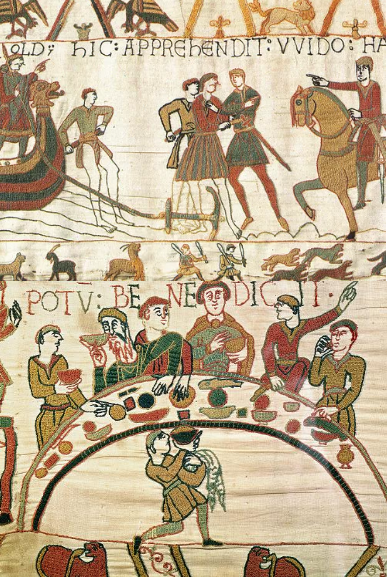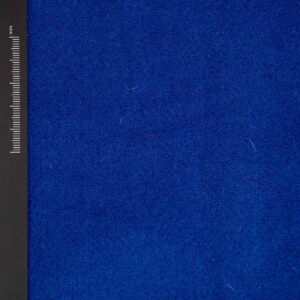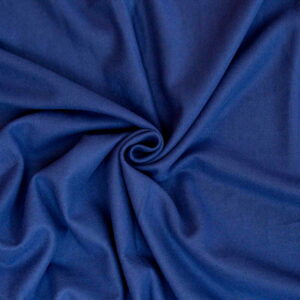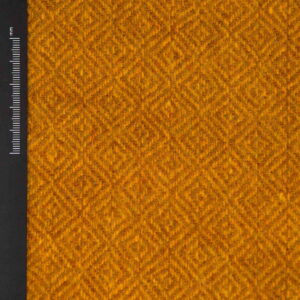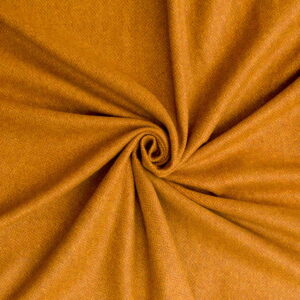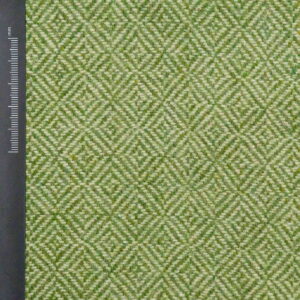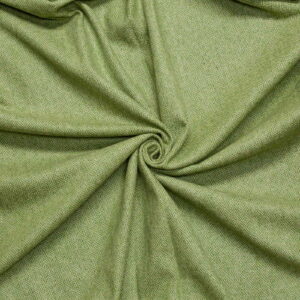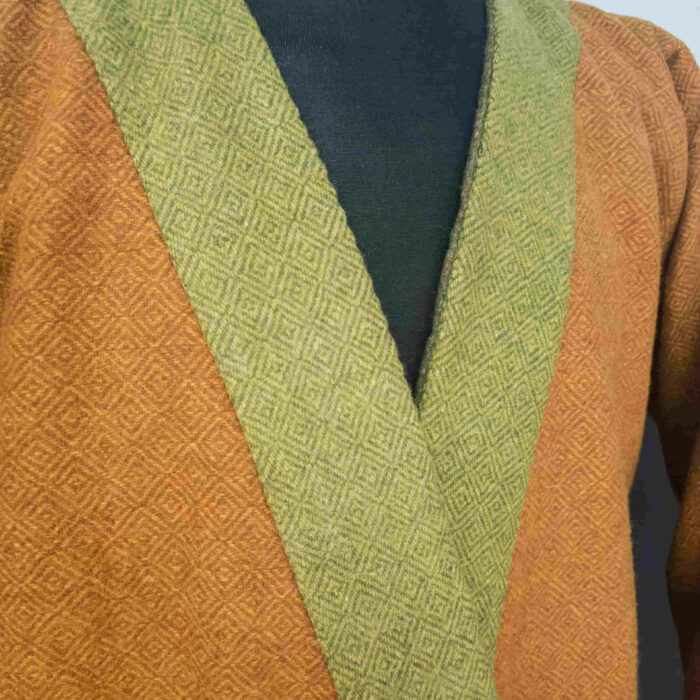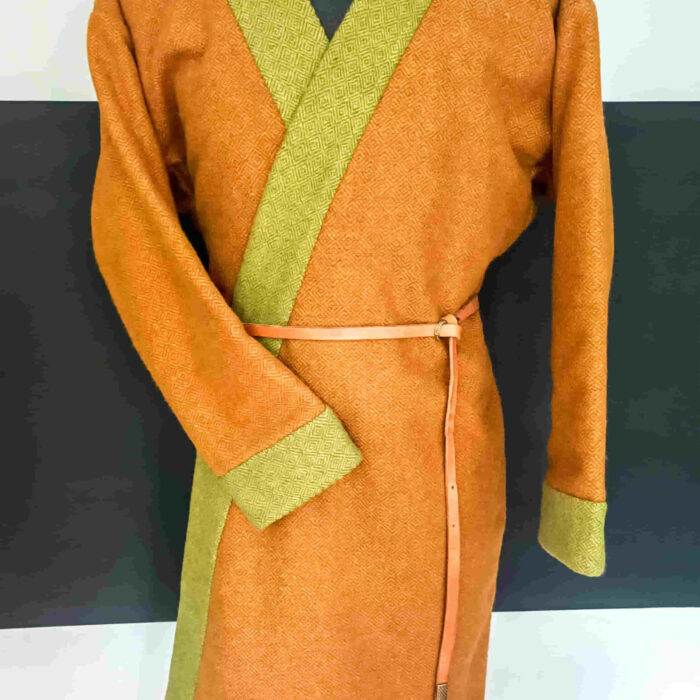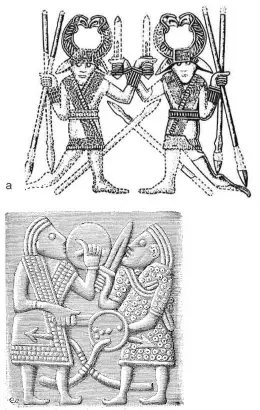My name is Sonia and I’m a historical reenactor from Poland. For several years now I’ve been a member of Nordelag, an early mediaeval reenactment group from Tricity. Over a year ago I decided to share my love for tailoring and knitting with a broader audience, as a result Sonia Szyje was created. I do my best for my clothes to be possibly the most accurate historically when it comes to techniques, materials and constructions used. My clothes are customised and 100% hand sewn. As I dedicate a lot of time, attention and heart to my projects, each and every one of them is exceptional.
One of my projects: reconstruction of the outfit of Otto III’s sword-bearer
Reconstruction of the outfit of the sword-bearer paying homage to Emperor Otto III, from the Gospels of Otto III (dated around 1000 AD).
The sword-bearer’s outfit consists of a tunic, a coat and hoses. All fabrics I used for the project come from Woolsome:
- The tunic is made of: Wool Thin Twill Light Blue,
- The coat is made of Wool Herringbone Red Black,
- and the hoses with pearls are made of Wool Diamond Terracotta Red.
The sword and scabbard completing this set was made by Lamberht Handicraft Workshop.
My specialisation: sewing mediaeval clothes
In my work I focus on recreating the way the peoples living on the Baltic Sea shores in the 10th-11th centuries may have dressed. Their clothes were mostly made of wool, linen and silk. Wool was common not only because of its thermal insulation and hygroscopic properties, but also susceptibility to plant dying. Since the fabrics were expensive, the garments were made – and used – with great care and attention. Richly decorated clothes made of excessive amounts of colourfully dyed fabrics served as a status symbol.
Information on what particular pieces of clothing could look like is provided by a few textile finds and iconographic sources, but also scholars’ guesses based on their general knowledge about those people’s everyday life.
Tunics based on iconographic sources, such as the Bayeux Tapestry or the Bamberg Apocalypse
The patterns for both tunics consist of two rectangular panels with triangular gores and two trapezoidal sleeves with square underarm gussets attached. In both tunics all seams are sewn by hand with linen and woollen threads. I used three types of stitches: a back stitch for sewing the fragments together, a hemming stitch for securing the seams and a running stitch for securing the edges of the garment.
Buy wool for a tunic inspired by Bamberg Apocalypse
First tunic was designed to look like one of the horsemen’s tunic from the Bamberg Apocalypse. The body of the tunic is made with diamond wool. It is decorated with twill wool around the wrists and a neck and from the neck down to the waist, in a way resembling the Horseman’s tunic from the image.
Second tunic was designed to resemble tunics from the Bayeux Tapestry. It is widened with four triangular gores in order to allow a great deal of movement for example for combat or horse riding. The body of the tunic is made with twill wool. It is decorated with red and orange herringbone wool around the wrists, neck and the bottom edge in a way that is similar to tunic images from the Tapestry.
Check what products it was made of!
Caftan based on textile finds from Hedeby and iconographic sources
The pattern of the wrap-over caftan is based on the pieces found in Hedeby as well as Vendel and Viking Age iconography. It consists of a rectangular panel for the back and two trapezoidal panels for the over-wrapping front, plus sleeves with gussets. It is a very warm men’s winter coat made of two layers of yellow and green diamond wool. It is decorated around the wrists and along the edges with wide strips of diamond wool in a distinctive colour.
If you like my work and you’d like to place an order for your mediaeval garment, DM me via Facebook or Instagram.



